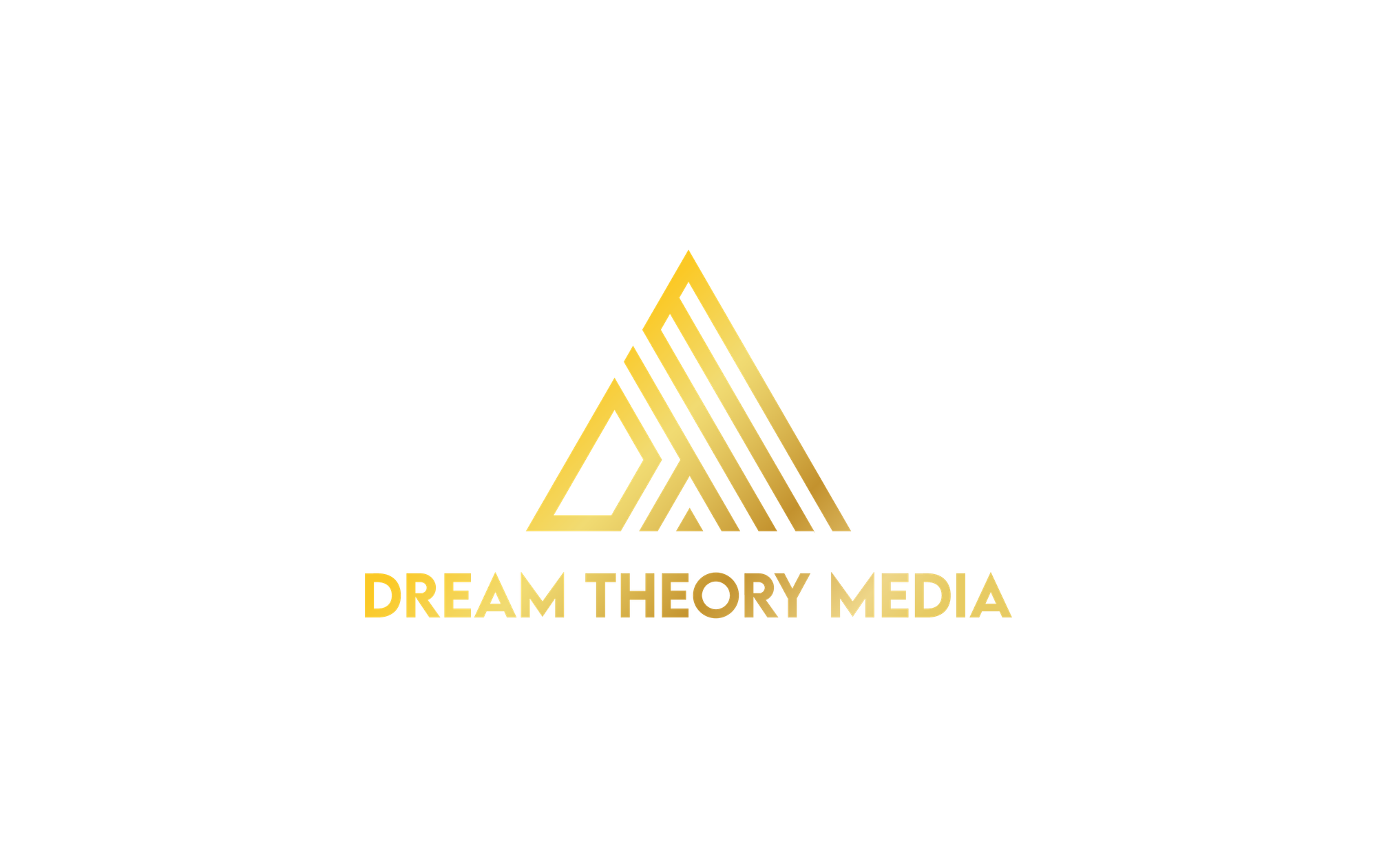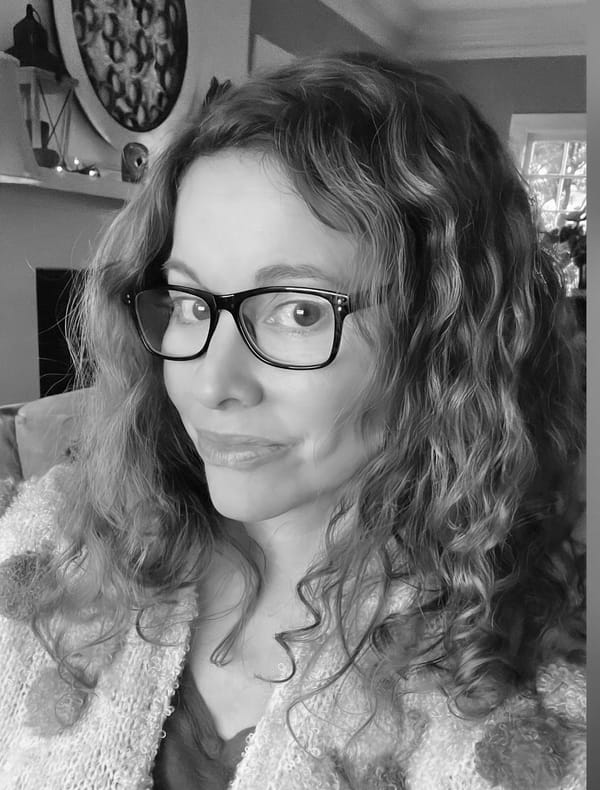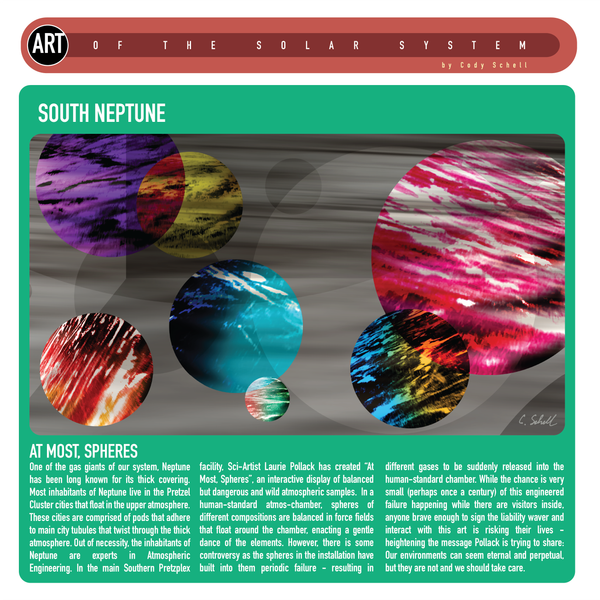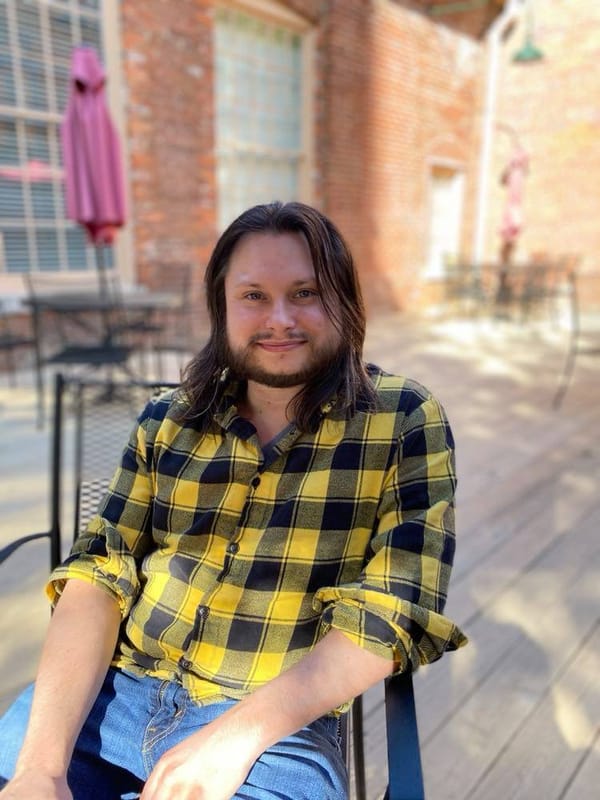A Personal History of Horror Films in 101 Quirky Objects #79 Theo’s pendant in The Haunting (1963) “Suppose the haunting is all in my mind.” – Eleanor
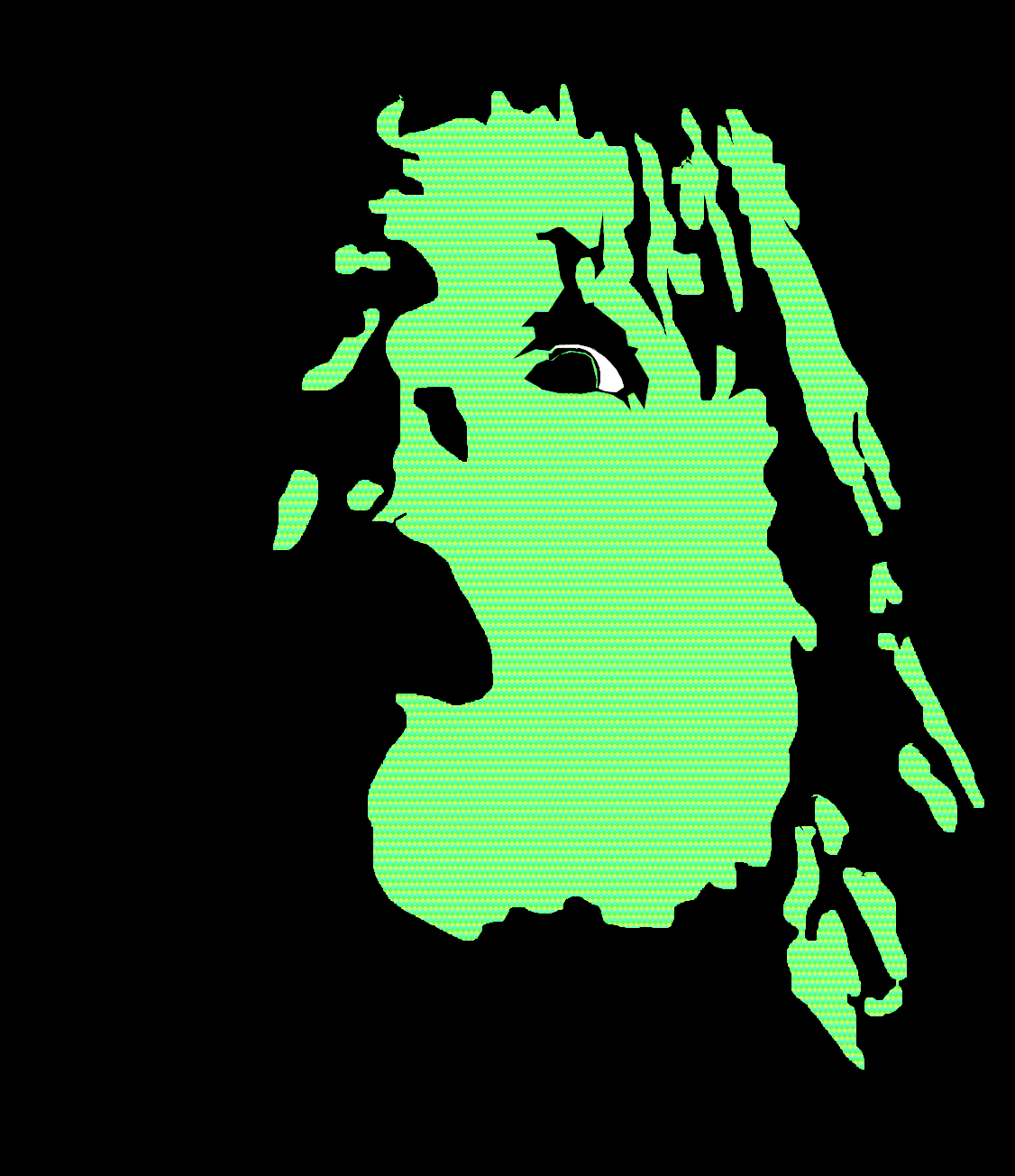
by Vince Stadon
I read The Haunting of Hill House by Shirley Jackson back-to-back with The Shining by Stephen King. I was fourteen. In both cases, I wondered how filmmakers had made Hill House and the Overlook Hotel as scary and unnerving and as alive as they are depicted so artfully by their creators. I saw The Shining (1980) first, aged fifteen, in the long summer of 1985. It felt out of place in the heat, which made it even more disturbing. Those Kubrick dolly shots prowling the carpeted corridors magnificently capture the dreadful isolation of the snowed-in hotel. The Shining feels American, and therefore distant and cinematic and violent.
I saw The Haunting the winter of the same year, and I can still remember being a little underwhelmed by it. The Haunting feels English and therefore understated and humble and talky. At fifteen, I preferred Shirley Jackson’s haunted house novel to Stephen King’s, and Kubrick’s film over Robert Wise’s. That’s the kind of thing fifteen-year-old horror fans do: make lists of horror films, matching them against each other in fantasy league tables of terror.
I hadn’t revisited The Haunting until a few years ago, when I caught it as part of a programming of British Films of the ‘60s, and I was as overwhelmed by it as I had been underwhelmed all those decades ago on my first viewing. I fell in love with The Haunting, carried it in my heart, sang its praises. I even briefly wondered if it is better than The Shining. That’s the kind of thing blokes in their fifties do: reevaluate everything from a position of existential dread.
I’ve calmed down a bit and no longer feel the need to match The Haunting against The Shining. I have room in my heart for both, just as I still love American movies and British movies. The Haunting, I now realise, is a hybrid of both. It is a British film about an American haunted house, and more than that, it is a 1960s British film made just on the cusp of when the 1960s started swinging. And nowhere is all this more apparent than in the characters of Eleanor (Julie Harris), an American and Theodora/ “Theo” (Claire Bloom), who is English, and in the strange sapphic love triangle involving those two and the house.
Hill House was “born bad,” and it kills women: four women are killed in the prologue, in various ways, over the ninety years the house has stood on the hill. Hill House explicitly, undeniably loves Eleanor and wants her. The house wants to murder Eleanor and collect her ghost so that she will never ever leave. Eleanor is buttoned-up (literally, in her frilly old-fashioned dresses), fragile, and already haunted—by her mother, recently departed, and whom Eleanor cared for in those long, difficult years.
Eleanor has mental health issues, and, even in a house filled with people who are there for the purpose of documenting supernatural occurrences, she has trouble sometimes convincing them that she saw or heard something paranormal. Eleanor is from a long line of “hysterical” women characters who are “gaslit”—denied their truth by characters who devalue her. Hill House feeds on Eleanor’s anxiety, wants to drive her mad, and then take her life. Eleanor feels like she belongs to Hill House. As if she was always destined for Hill House. Sometimes she even wonders if she’s imagining Hill House. Eleanor is American Gothic.
Theo flirts with Eleanor. It’s probably inaccurate to say that Theo loves Eleanor, because unless it’s love at first sight, the two women meet for the first time in Hill House and barely know a thing about each other over the course of the two nights they are there. But actress Claire Bloom and director Robert Wise signify Theo’s flirtations with Eleanor and charge the space between the two women. Theo is wearing Mary Quant clothes, supplied specifically for the film. Nobody was more fashionable in the 1960s than Mary Quant.
Theo is queer. This was groundbreaking at the time, as homosexuality was illegal in England and Wales until 1967. And while The Haunting isn’t exactly Blue is the Warmest Colour (2013), it is culturally significant in queer culture. Theo, quippy, sardonic, cool and confident, sexy and amused, looks like she’s just stepped out of The Avengers, the hip British spy-fantasy series that had propelled Honor Blackman into stardom and into James Bond, where she was playing the queer Pussy Galore in Goldfinger, released the year after The Haunting.* Theo is so of the time that she transcends it. She takes her slaps—Eleanor cruelly sneers at her that she’s “unnatural” and “a mistake”—and her scares in equal measure, holding Eleanor tight, comforting her, sitting in fear with her as Hill House assaults them with pounding and with quiet and with hunger.
Theo is also gifted with ESP and can “read” Eleanor—not her thoughts, but perhaps her intentions and her ways. While Eleanor rebuffs Theo’s flirtations, Theo intuits that she can persist with her attentions and that Eleanor is not outright rejecting her. When Eleanor is killed (because Hill House was always going to kill Eleanor), Theo is clearly devastated. Perhaps it was love, after all.
American Gothic and English ‘60s chic fuse together so beautifully that The Haunting is a film that belongs to neither and to both: it’s set in America (Massachusetts); written by an American (Shirley Jackson was born in San Francisco); directed by an American (Robert Wise, who had edited Citizen Kane (1941), had just nabbed an Oscar for 1961’s West Side Story, and would go on to launch Kirk and Spock onto the big screen in 1979’ s Star Trek: The Motion Picture); starring two Americans (Julie Harris was an acclaimed stage and screen actress from Michigan; L.A.-born Russ Tamblyn had been in West Side Story) but with an otherwise nearly all-English cast and crew; filmed in England (Hill House is actually Ettington Park, a nineteenth century country manor house in Warwickshire, and the interiors were filmed in Borehamwood Studios, Hertfordshire); and made with American money (it was distributed by Metro-Goldwyn-Mayer, one of the oldest studios in Hollywood).
The Haunting has a monster you see only when the exterior of the house is shown—and boy, does the superb cinematography show it off—otherwise, the ghosts are just mad pulsations and horrendous noises and things unspoken or heard in tragic Eleanor’s inner-narration, and only Theodora—with her psychic abilities, ‘60s lesbian chic and Mary Quant pendant—can smile confidently in the darkness, knowing that she will survive this, for she is not haunted by her past and she lives entirely in the now. That immediately puts her at the top of any league, made by me at any age and at any time.
*Miss Moneypenny herself, actress Lois Maxwell, pops up in The Haunting as Dr Markway’s wife. Markway actor Richard Johnson, from the Royal Shakespeare Company, had been Dr No (1962) director Terrance Young’s first choice for James Bond, before Sean Connery’s confident and sexy walk as he left the audition room, changed his mind.
~
More obvious picks for an object to represent this film: the doorknob twisting and turning by malevolent forces; the salt cellar Eleanor knocks over; the deck of cards; Dr Markway’s daily paranormal activity forms; the full-sized statues of St Francis curing the lepers; the haunted harp; the children's book
The Haunting (1963); 114 mins; UK
Directed by Robert Wise; Written by Nelson Gidding (based on The Haunting of Hill House by Shirley Jackson); Produced by Robert Wise; Cinematography by Davis Boulton; Music by Humphrey Searle
Julie Harris (Eleanor “Nell” Lance); Claire Bloom (Theodora “Theo”); Richard Johnson (Dr John Markway); Russ Tamblyn (Luke Sannerson); Fay Compton (Mrs Sannerson); Rosalie Crutchley (Mrs Dudley); Lois Maxwell (Grace Markway); Valentine Dyall (Mr Dudley); Diane Claire (Carrie Fredericks); Ronald Adam (Eldridge Harper); Amy Dalby (Abigail Crain – Age 80); Paul Maxwell (Bud Fredericks); Mavis Villiers (Landlady)
